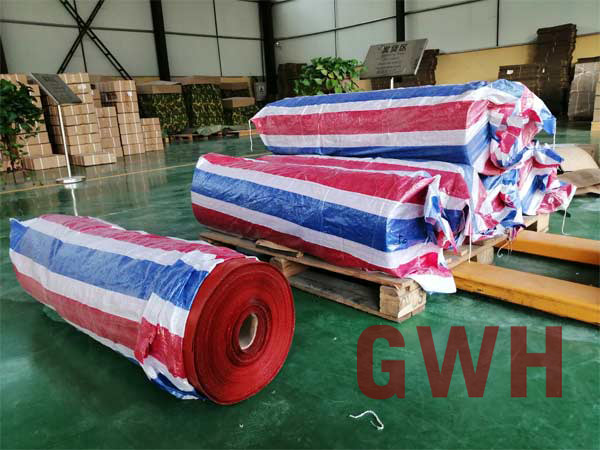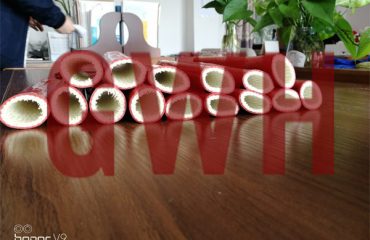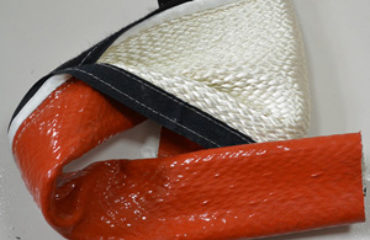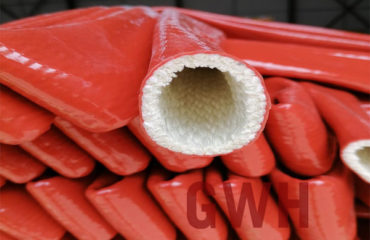Fire Blanket, as the name implies, is a kind of cloth with the function of preventing burning or a flame-retardant cloth with a higher flame-retardant level. It is a type of fabric for making protective products in special industries and special types of work. In general, fireproof cloth can be used in the environment of low temperature -70℃ to high temperature 230℃.
Classification of Fire Blanket
The first category is post-finishing flame-retardant fabrics, such as pure cotton, polyester cotton, etc.; flame-retardant fabric finishing mainly refers to the surface treatment of the fabric during the textile finishing process, so that the fabric has flame-retardant properties, and the fabric is flame-retardant. The finishing process is simple.
The second category is essentially flame-retardant fabrics, such as aramid, acrylic cotton and so on.
What material is Fire Blanket
Fire Blanket belongs to a kind of cloth with fireproof performance. The Fire Blanket can have fireproof performance, which is determined by the material of the fireproof cloth. So, what are the materials for making fireproof cloth? There are:
1. Silicone, rubber and glass fiber
Silicone rubber coated fiberglass cloth is one of the most common Fire Blanket, and its main materials are silica gel, rubber and fiberglass. Glass fiber is an inorganic non-metallic material, and its biggest feature is high temperature resistance and corrosion resistance. Silicone rubber is also a material with excellent high temperature resistance. In general, silicone rubber coated glass fiber cloth is made by calendering or impregnating silicone rubber.
2. Basalt
Basalt is the raw material for refining basalt fiber, and basalt fiber is the most important and important material for making basalt fiber Fire Blanket.
The above two materials are the main materials for making the most common Fire Blanket. In addition, materials such as acrylic fiber, flame retardant and silica are all common materials for making Fire Blanket.
Principle of Fire Blanket
Flame-retardant fabrics are used as protective fabrics for special industries and special types of work. Generally speaking, fire-retardant fabrics are flame-retardant fabrics, which means that they are flame-retardant and non-combustible fabrics. Only high-level flame-retardant fabrics can be called fire-retardant fabrics, such as aramid and modified acrylic cotton fabrics. Fabrics called flame-retardant fabrics must pass relevant verification standards, and only textile products that meet the requirements of the standards can be regarded as flame-retardant products. Some very professional clothing, such as fire-fighting clothing, will have higher requirements for the flame retardant ability of fabric materials.
Fire Blanket is not what people call non-ignitable cloth. After a special process, it can prevent the spread of flame and automatically extinguish within a certain period of time. Therefore, the basis for judging the flame retardant properties of fabrics is usually based on the burning rate of the fabrics. That is to say, the flame-retardant finished fabric is in contact with the flame for a certain period of time according to the prescribed method, and then the flame is removed, and the time for the fabric to continue to burn with flame and flameless combustion, and the extent to which the fabric is damaged. The shorter the flame burning time and the flameless burning time, the lower the degree of damage, the better the flame retardant performance of the fabric; on the contrary, the poor flame retardant performance of the fabric.




